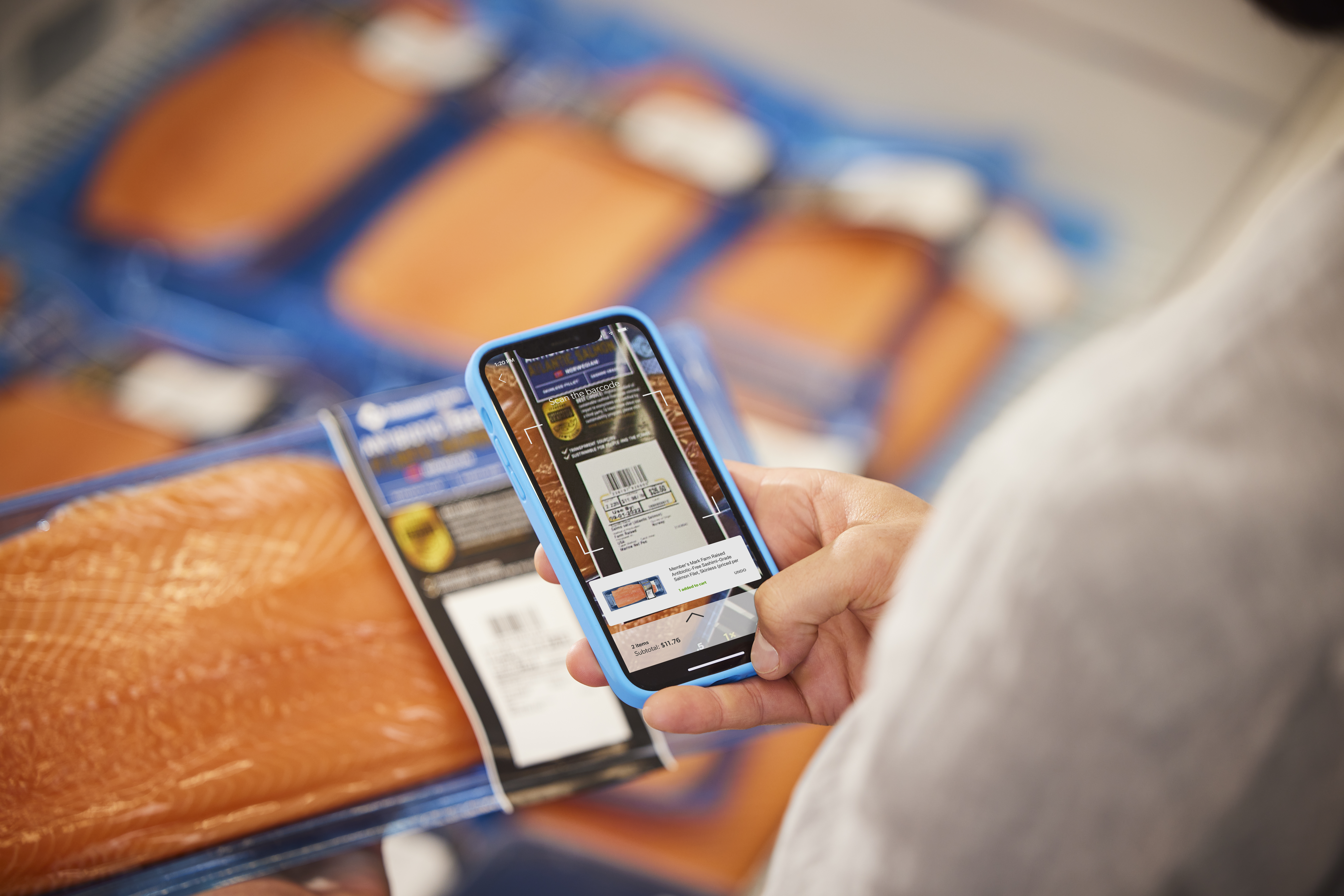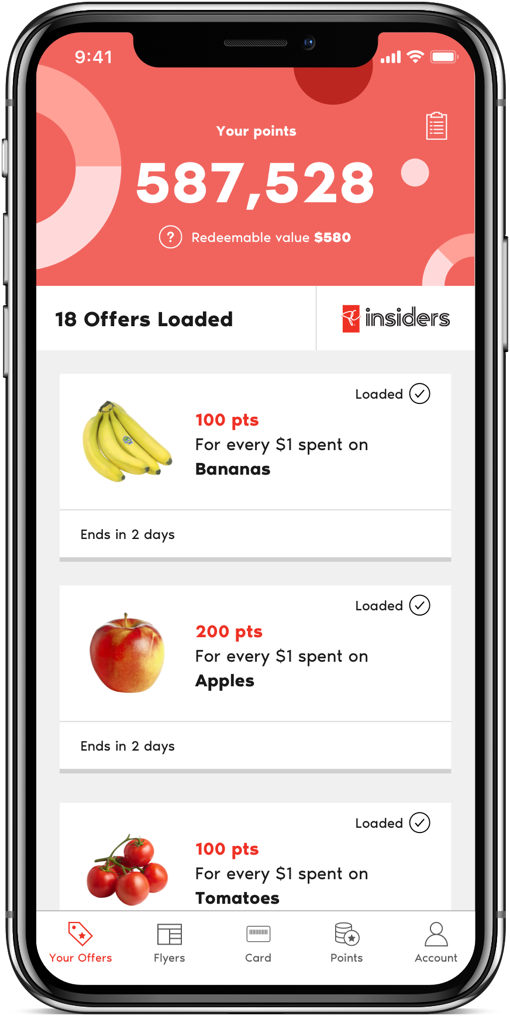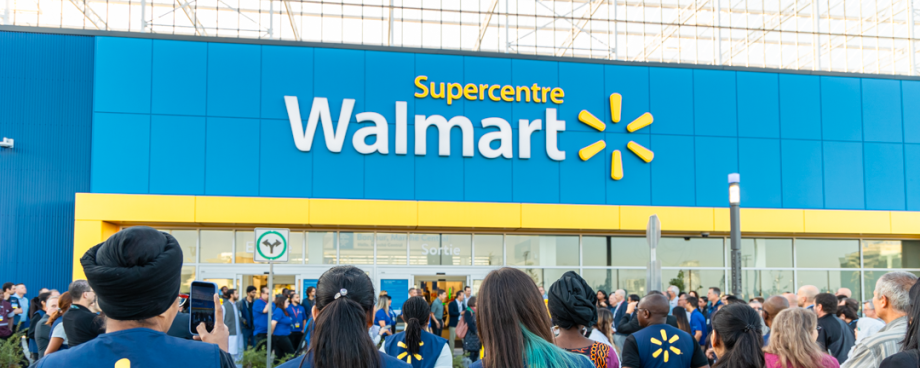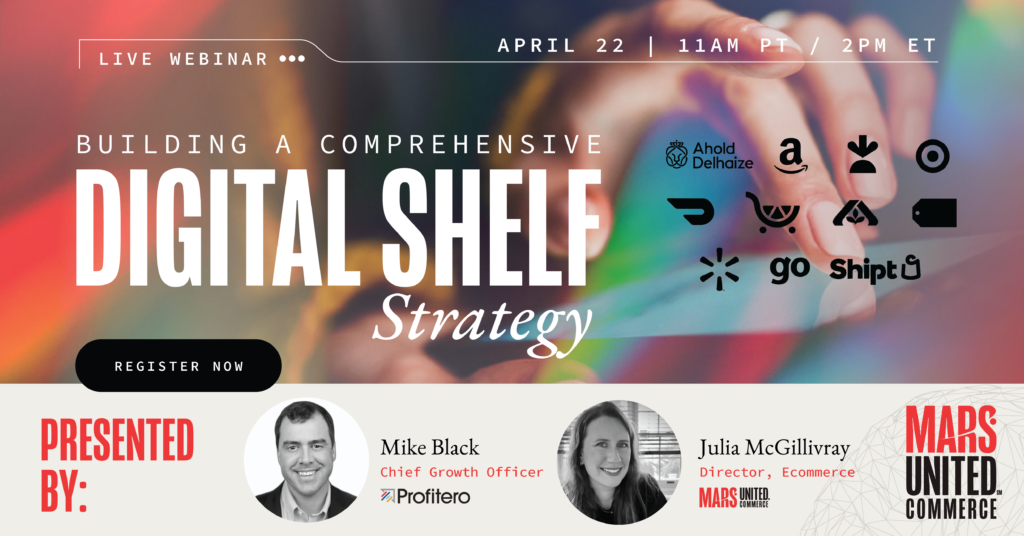How brands and retailers are leveraging data and AI to drive conversion and loyalty
By Sydney Saraka, Mars UnitedSM Commerce
In today’s Canadian retail landscape, personalization isn’t just a buzzword — it’s a game-changer.

Consumers in Canada now expect more than just a generic shopping experience; they want interactions that speak directly to their individual preferences, needs, and desires. In fact, 90% of consumers find personalized experiences appealing and 80% say they’re more likely to purchase from brands that offer them, according to Epsilon. Many brands and retailers are now using advanced segmentation, artificial intelligence, and first-party customer data to deliver hyper-targeted shopping experiences that drive conversion, loyalty, and long-term customer relationships.
Why is personalization so integral to successful marketing?
Canadian consumers expect brands to understand their preferences and deliver personalized content, products, and offers that suit their individual needs. Online or in store, retailers who cannot compete in the personalization space risk falling behind. When done right, personalization can transform a common shopping trip into a unique experience that will improve conversion, loyalty, and overall customer satisfaction.
Consumers are exposed to anywhere from 4,000 to 10,000 ad messages every day, according to clinical studies. So the need for retailers to rise above the noise is crucial. Consumers aren’t the only ones benefitting from hyper-personalization; brands and retailers gain stronger insights that will help optimize future marketing strategies and campaign activations.
Four Key Strategies Used by Canadian Retailers
1. Advanced Segmentation (Data- Driven Insights)
The first and arguably most important step in delivering a hyper-personalized experience is understanding who your shoppers and consumers are. The difference here is important because the person shopping for your product might not be the actual consumer — as marketers in the baby food category can attest
Analyzing specific shopper data points such as demographics, purchase history, and online behaviour allows marketers to create unique customer profiles that can guide targeted promotions and product recommendations. According to the Canadian Marketing Association, retailers that use segmentation in their marketing strategies not only improve customer experiences but also achieve better ROI (typically 15-20%) by reducing marketing spend waste.

Take Sephora as an example. The retailer is using customer behaviour insights to bring its well-known Beauty Insider loyalty program to the next level by ensuring customers have a personalized shopping experience. Sephora’s mobile app is designed to serve as a personal shopping assistant, providing recommendations, reviews, and pricing information, according to Etail. Sephora combines its online and offline data to create profiles that present a holistic view of how each customer shops and interacts with products.
This omnichannel approach enables personalized recommendations regardless of where the interaction takes place. Shoppers receive personalized suggestions by email based on their in-store purchases, or view online ads tailored to their past browsing behaviour. By analyzing purchase history and browsing patterns, Sephora can identify behaviors and tailor its offerings accordingly.
2. AI and Machine Learning
AI is reshaping the way brands and retailers are approaching personalization. Predictive analytics can forecast and even anticipate shopper need before trends happen, allowing marketers to be proactive. Take one of Canada’s most trusted brands, Tim Horton’s, whose AI-powered app analyzes a customer’s purchase habits and location to send customized menu recommendations, according to Kantar. That helps the retailer incentivize repeat purchases while creating meaningful connections by making each coffee experience unique to the customer.

3. Loyalty Programs

Loyalty programs are a powerful tool for building lasting relationships with shoppers that can be enhanced significantly through AI (as noted with Sephora earlier). Understanding purchase habits lets brands and retailers reward shoppers with exclusive offers and discounts. These programs don’t just incentivize repeat purchase and gamify the shopping experience, they also provide valuable insights into customer preferences that will improve future engagement opportunities.
Take Loblaw’s PC Optimum program, which is now powered by the Loblaw Advance retail media network. Loblaw’s loyalty initiative has more than 15.5 million active members, making it one of Canada’s largest and most used programs. By tracking customer purchases, PC Optimum can personalize offers to shoppers, who earn points and discounts on products they’re most likely to buy. Establishing these direct relationships with shoppers keeps them coming back while helping Loblaw’s identify engagement and purchase behaviour patterns that will inform future marketing approaches to drive even stronger loyalty.
4. Location-Based Marketing
Location-based marketing is another innovative way to personalize the shopper experience. It leverages GPS (global positioning systems) and geo-fencing to target consumers based on their general location, proximity to a store, or even position within the aisles. Retailers or brands can send personalized offers to customers passing a store or browsing a particular product category. This tactic not only drives foot traffic but also offers immediate value to customers who receive timely, relevant promotions.
We can use Walmart Canada as the example here. The retailer has effectively implemented location-based marketing strategies to enhance customer engagement and drive trips, using its mobile app to send personalized product recommendations and notifications to customers based on their proximity to a store. Features such as mobile check-in, which notifies associates when customers are arriving for their online order pick-up, add an additional level of convenience and personalization.

Personalized content is an integral part of an engaging shopper experience. By tailoring emails, social content, digital media, and in-store experiences to the individual, brands can build deeper connections with customers. Tailored content speaks directly to shoppers, showing them that brands are paying attention to their needs. And that increases engagement and establishes a deeper connection between brands and their shoppers.
According to Canadian SME, 71% of Canadian consumers now expect retailers to anticipate their needs by delivering hyper-personalized experiences. However, only 15% believe that brands excel at tailoring their content, according to Twilio’s latest State of Personalization Report. Those two statistics illustrate an alarmingly wide gap between shopper expectations and brand capabilities that needs to be addressed.
What will personalization look like in the future?
Personalization is quickly becoming a cornerstone of the Canadian retail landscape. In a world where consumers expect a personalized shopping experience, brands need to meet the demand with modern, innovative strategies that deliver exactly that — giving them what they want before they even know they want it.
Leveraging first-party customer data, AI, loyalty programs, and location-based marketing will give brands and retailers a greater opportunity to increase conversion and foster long-term loyalty. As technology continues to advance, we expect personalization to become more sophisticated — and marketers who embrace it to remain at the forefront of the Canadian retail landscape.
To learn more about personalization and other successful strategies for mastering the Canadian retail landscape, read our key takeaways from the Path to Purchase Institute’s Retail Media Summit.
About the Author

Sydney Saraka is an Account Executive at Mars United Commerce Canada, where she leverages her skills and enthusiasm to deliver innovative, impactful campaigns and forge meaningful relationships with clients. Her diverse background, which includes working across multiple industries such as finance, pharmaceutical marketing, and partnership marketing, enriches her perspective and enhances her ability to identify emerging trends and delivery strategies that resonate with target audiences.



